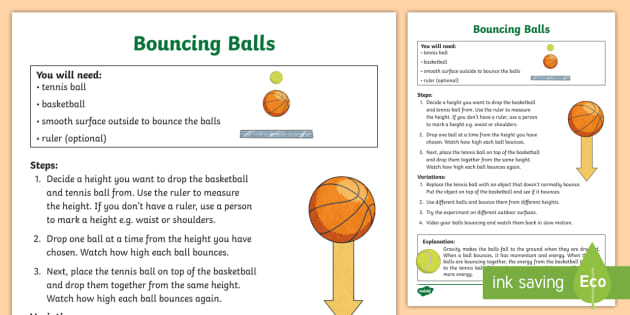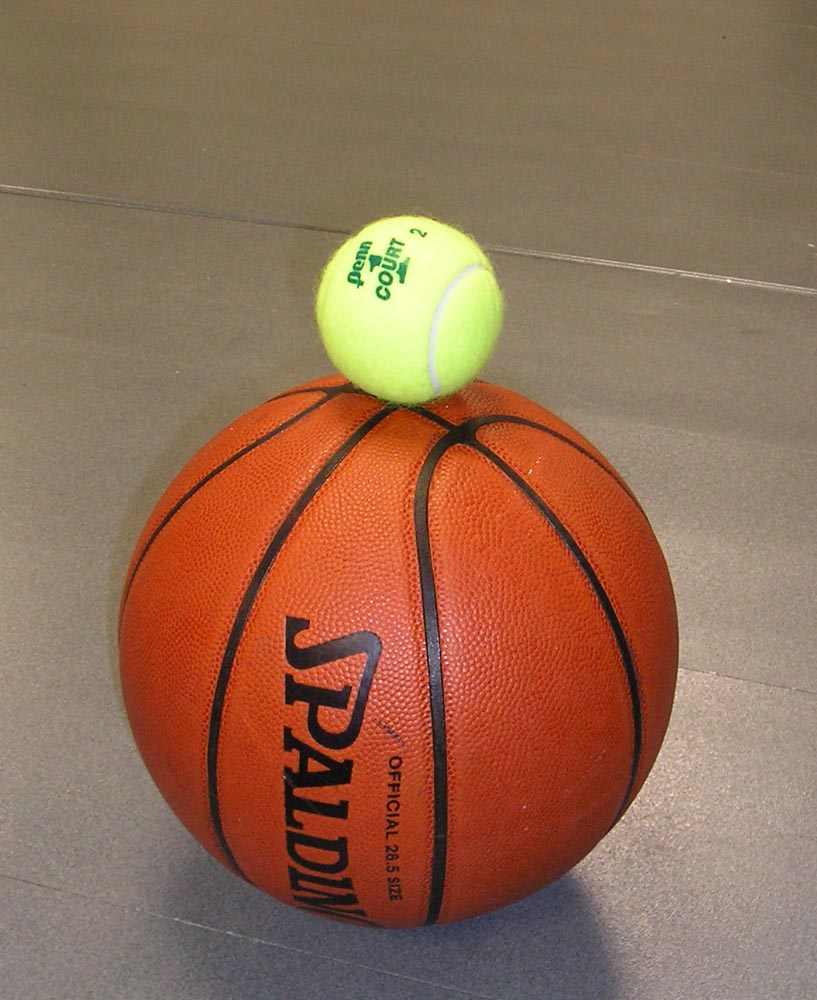
Help the children learn each other’s names (if they don’t know each other already).

Explore! Health in Space Discussion Guide.Follow the Bouncing Ball Facilitator Background Information.Astronauts experienced less gravity on the Moon, so dropping a ball on the Moon would cause it to bounce much higher than on Earth.Astronauts - and kids! - need to rest, relax, and have fun.Station, presented in combination with related activitiesĭemonstration by facilitator What's the Point?

Families or other mixed-age groups, including children as young as 4 years old with assistance from an older child, teen, or adult.They simulate the experiment by dropping high- and regular-bounce balls from their shoulder height. So the SLOPE of the curve for the speed would be getting STEEPER.Space Stations - Follow the Bouncing Ball! OverviewĬhildren predict whether a ball on Earth or a ball on the Moon bounces higher when dropped (or thrown at the floor) and why. The average speed gets faster in the 2nd second than in the 1st second. If you try to get your car up to 70 miles per hour when you pull off the shoulder onto I-380 after stopping because of the deer, how far will your car go in the first second? In the second second? In the 3rd second? That is easing into the motion.

If you slam on your brakes in a car when you are going 75 miles per hour as you spot a deer running out on the road, and it takes you 50 yards to get stopped and 5 seconds to get stopped, where would your car be after the 1st second (of 5 seconds) of squeeling tires? It would NOT be 10 yards of the 50 yards, right? The first second your car might have gone 25 yards, or half the distance! That is easing out of the motion. The key question is how long does it take to achieve that total journey is halfway done? The keyframes are at 1 and 25 for the first two panels and are at 35 and 60 for the 3rd of the 3 panels (Custom Ease In/Ease Out panels). The RED square highlights the moment when the Ball has gone exactly 50% of the distance it needs to travel to get from one KEYFRAME to the next KEYFRAME.


 0 kommentar(er)
0 kommentar(er)
